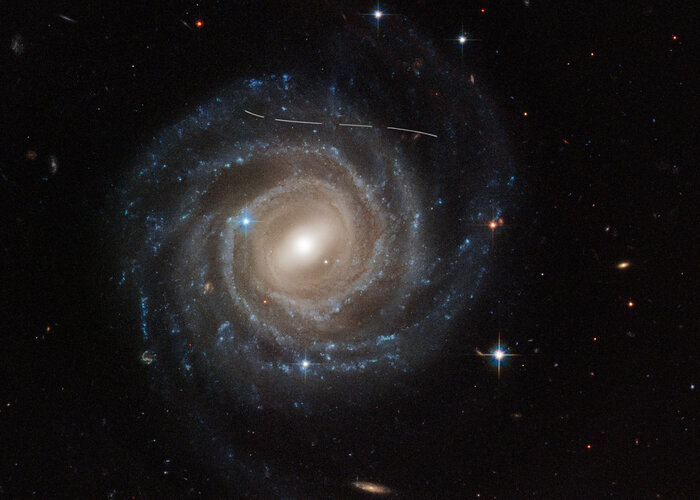“Asteroid positions change with time, and therefore you cannot find them just by entering coordinates, because at different times they might not be there,” said Bruno. “As astronomers we don’t have time to go looking through all the asteroid images. So we got the idea to collaborate with more than 10 000 citizen-science volunteers to peruse the huge Hubble archives.”
In 2019 an international group of astronomers launched the Hubble Asteroid Hunter, a citizen-science project to identify asteroids in archival Hubble data. The initiative was developed by researchers and engineers at the European Science and Technology Centre (ESTEC) and the European Space Astronomy Centre’s science data centre (ESDC), in collaboration with the Zooniverse platform, the world’s largest and most popular citizen-science platform, and Google.
A total of 11 482 citizen-science volunteers, who provided nearly two million identifications, were then given a training set for an automated algorithm to identify asteroids based on artificial intelligence. This pioneering approach may be effectively applied to other datasets.
The project will next explore the streaks of previously unknown asteroids to characterise their orbits and study their properties, such as rotation periods. Because most of these asteroid streaks were captured by Hubble many years ago, it is not possible to follow them up now to determine their orbits.
The findings are published in the journal Astronomy and Astrophysics.



